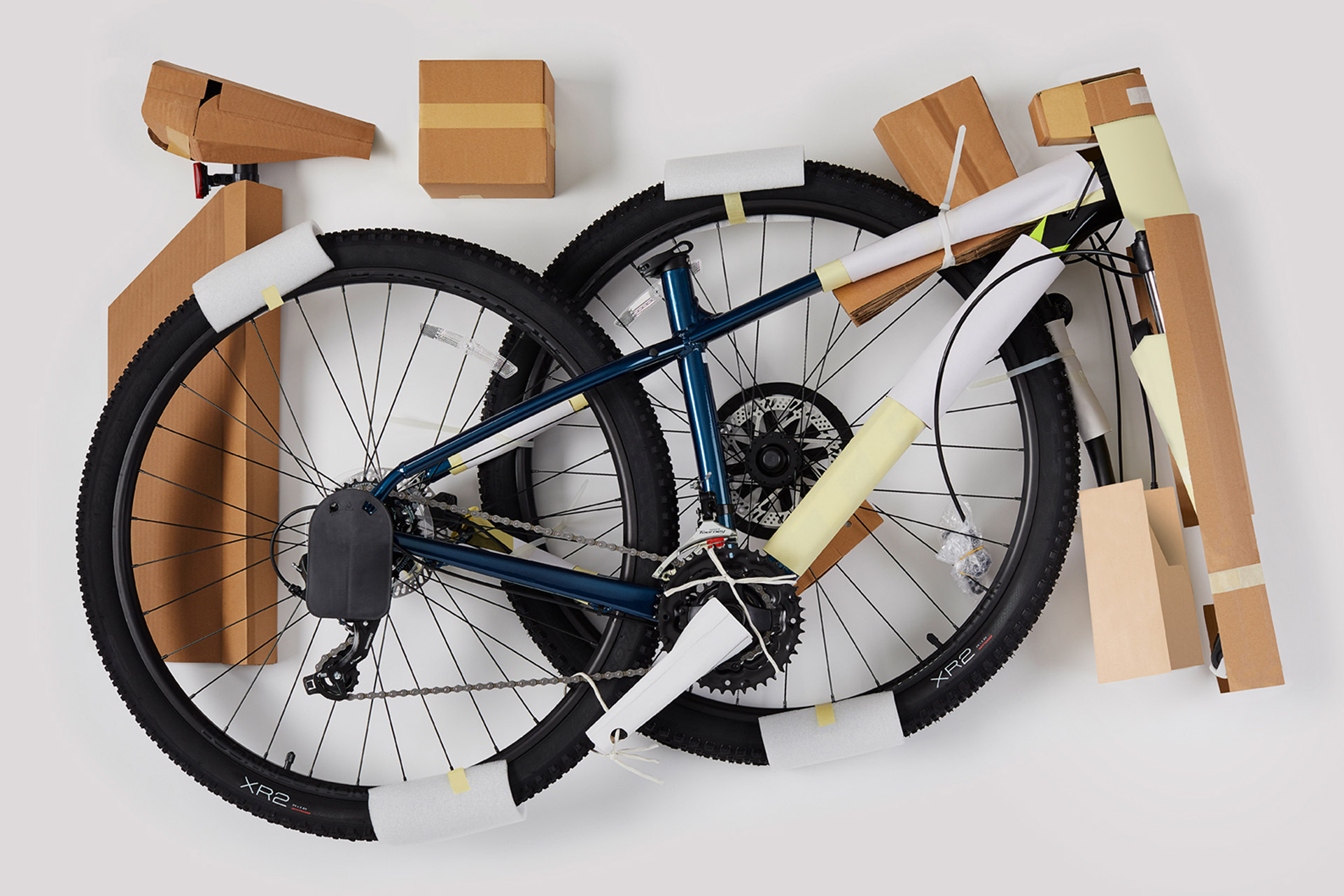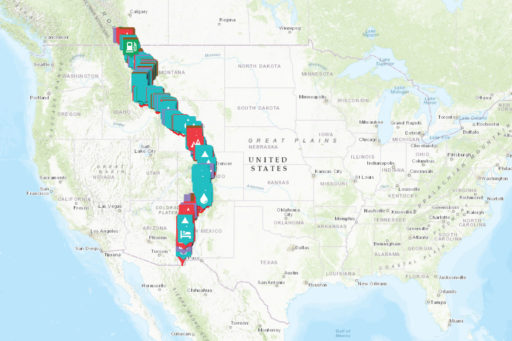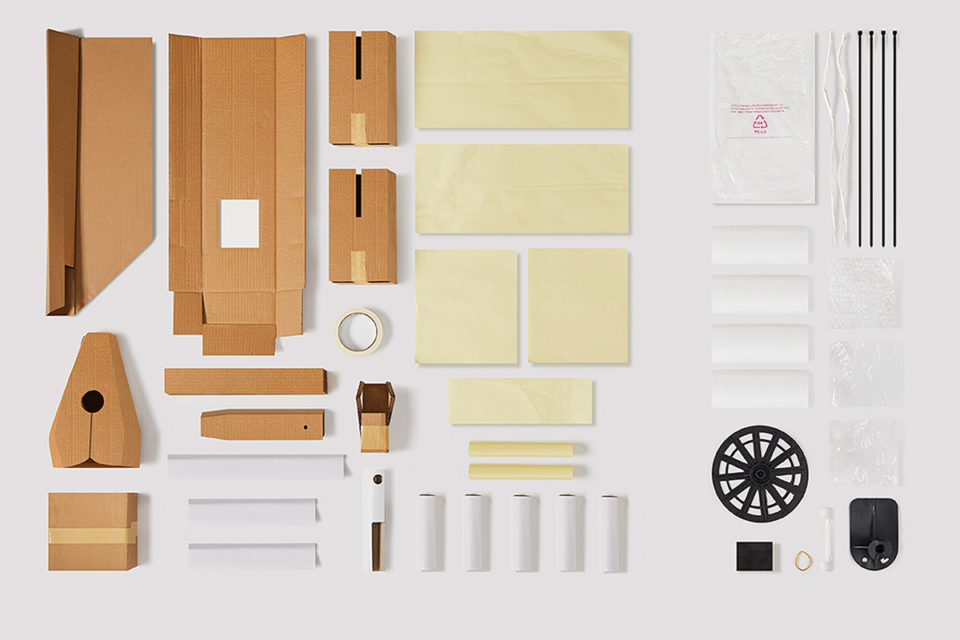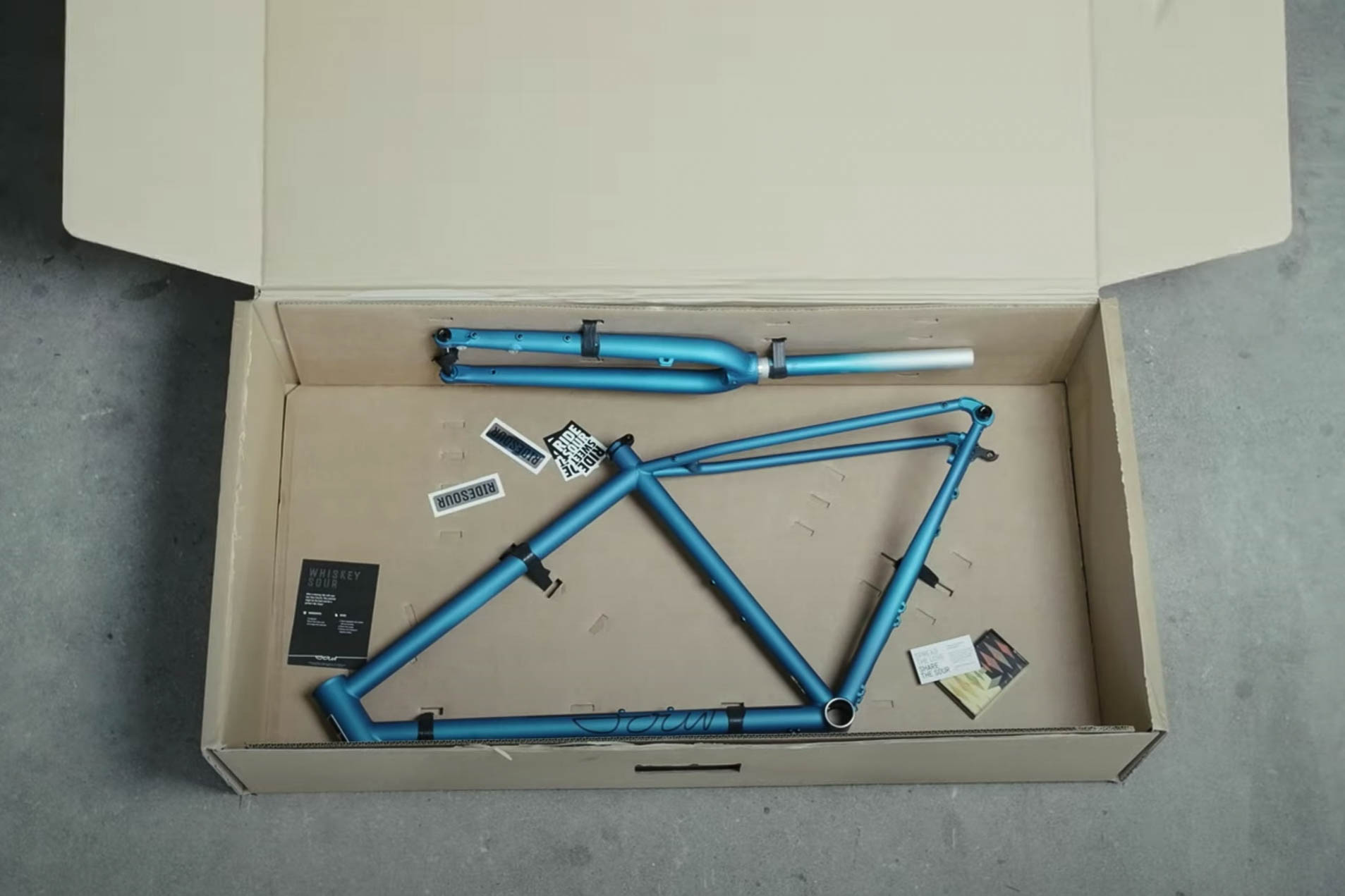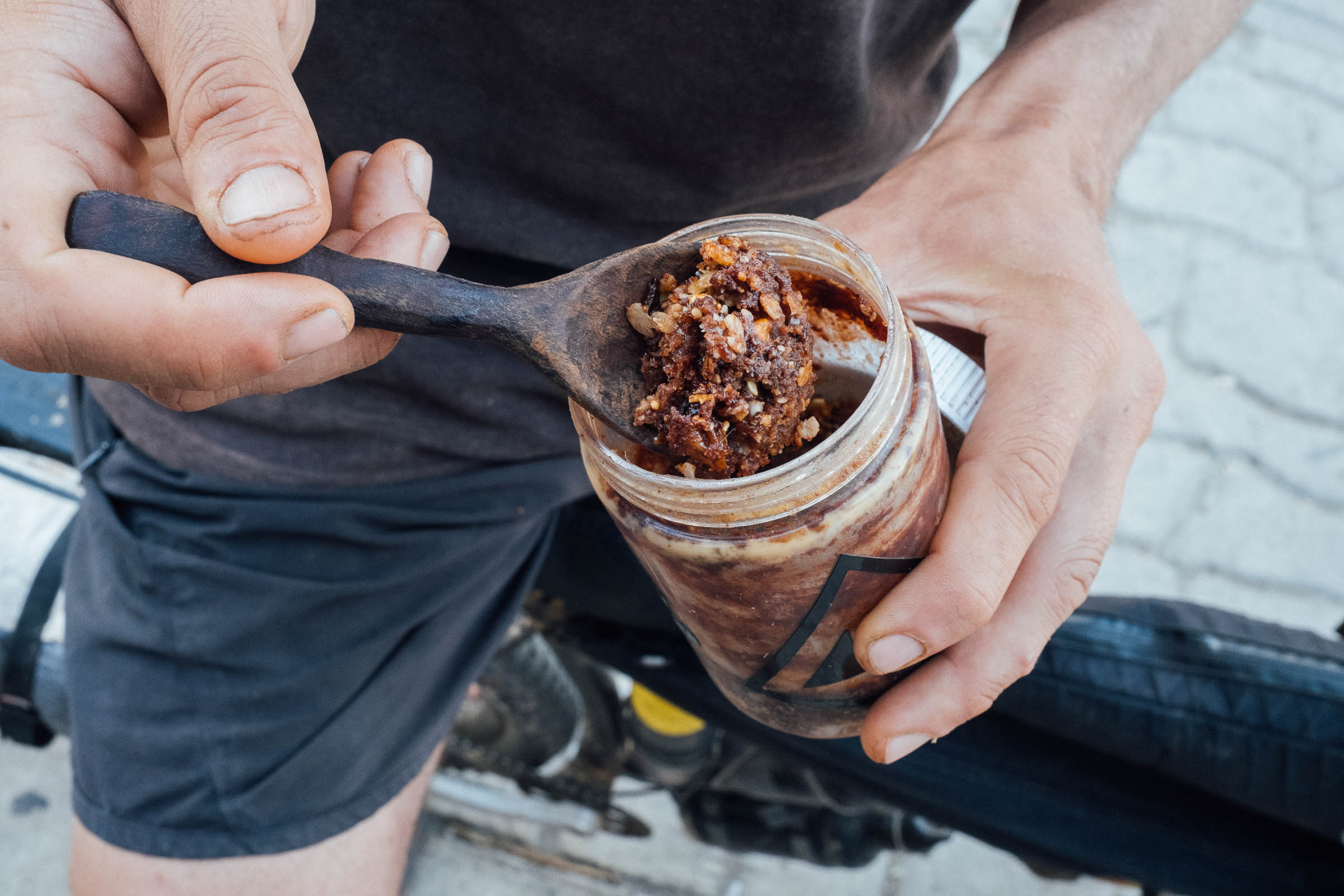Trek recently overhauled their bike packaging in an effort to reach their goal of becoming plastic-free by 2024—removing 433,600 lbs. of plastic in the process. Learn more here…
Anyone that has worked in a bike shop has likely been blown away by the amount of useless plastic packaging that bikes and other products ship with. Although there are a few select companies out there not relying on single-use plastic packaging, the majority of big bike brands (the one’s that have the infrastructure to make a difference) still use it. Trek has made a goal of plastic-free packaging by 2024, and over the last year has overhauled their packaging for bikes and Bontrager products to eliminate petroleum-based plastic components and replace them with something easier to recycle or reuse.
Trek Bikes
Eliminating all plastic waste is not a one-and-done deal. Packaging is crucial in the bike industry. It keeps our products safe and undamaged from the factory to your doorstep. Each change in how we package bikes and products is vetted, and we measure effectiveness and environmental impact. These changes are tried and true improvements of our packaging models, and we could not be more excited to share our progress.
We took a custom approach to reducing plastic waste for each of our products, and the amount of plastic we were able to remove from our packaging varied depending on model specifications, the products’ material composition, and how much assembly was required after the product left our warehouse.
Because of this, some bikes saw a reduction of 7 plastic parts per box while others bid farewell to 42. Our aftermarket products, which are smaller and generally require less packaging, shed a plastic bag or zip tie here or there.
We asked: what are the biggest pieces of plastic or foam? What purpose do they serve? Can cardboard or paper do the same thing? Following that process, we were able to eliminate the following pieces from most bike boxes:
- Down tube foam and plastic wrap
- Top tube foam and plastic wrap
- Seat tube foam and plastic wrap
- Head tube foam and plastic wrap
- Crank arm foam wraps
- Chainstay bubble wrap
Some plastic packaging is harder to replace with a suitable recyclable counterpart. In some instances, we opted for a plastic option that’s easier to recycle or up-cycle. Some examples include plastic wraps for smaller components, which we replaced with more durable Ziploc-style bags, and zip ties, which we replaced in some cases with nylon string. Some of these changes may seem small, but their cumulative effects produced some staggering changes in Trek’s plastic footprint.
Find the full story at TrekBikes.com.
Related Content
Make sure to dig into these related articles for more info...
FILED IN (CATEGORIES & TAGS)
Dispatch
Please keep the conversation civil, constructive, and inclusive, or your comment will be removed.







